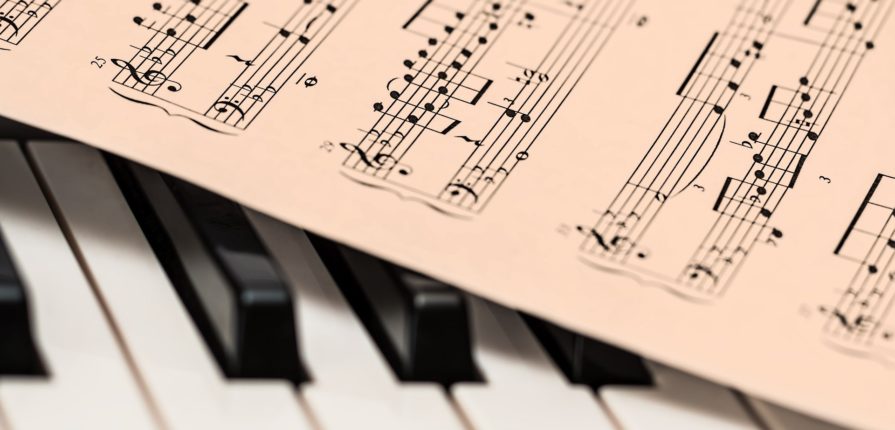When a composer writes a symphony or song, they break down the piece of music into more manageable subdivisions. The smallest of those subdivisions are known as musical measures or musical bars. Below we’ll talk a bit about those measures what they are important, how to read them, and more!
—
June 7th, 2021
When a musician writes a symphony or song, they break down the music into more manageable subclasses. The smallest of those subdivisions are called musical measures or musical bars. Below we’ll talk a bit about those measures, why they are essential, how to read them, and more!
—
What is their goal?
Measures exist in music to organize long pieces into smaller units. Professional musicians (i.e., orchestra members and session players) read music in real-time as they perform, and usually, they can perform a piece of music on their first attempt. By breaking the music into smaller fragments with bar lines, composers enable easy sight-reading and better performance.
How to Read a Measure of Music
Musicians read a measure of music from left to right, playing the notes in sequence as they appear. To read one, you need to understand the basics of tempo, meter, and note values.
Why? Simple. The information carried within a measure of written music depends on:
- Time signature: Musical time signatures show the number of beats per measure (the top number in a time signature) and the duration of each beat (the bottom number in the time signature).
- Tempo: Tempo refers to the speed of a section of music. It can be indicated in metronome markings using beats per minute (BPM) or using traditionally Italian words such as adagio or andante.
- Note values: Individual notes within a measure last for a specific fraction of the duration of that measure.
- Bar lines: Different bar lines indicate different player behavior (i.e., continuing onward, repeating a section, or stopping.)
5 Types of Bar Lines
1. Single bar line: A single vertical line indicates the end of one measure and the beginning of another.
2. Double bar line: Two side-by-side vertical lines, indicating the end of one section and the beginning of another.
3. End bar lines: Two vertical lines (the second line thicker than the first) indicate the end of a musical movement or an entire composition.
4. Start repeat: Double bar lines (the first one thicker than the second) followed by a pair of dots that look like a colon punctuation mark indicate the first measure of a repeated section.
5. End repeat: Double bar lines (the second one thicker than the first)preceded by a pair of dots that look like a colon punctuation mark indicate the final measure of a repeated section.
This article is a re-post, with minor modifications, of “Learn About Measures in Music: Basic Musical Punctuation Guide,” an article published on masterclass.com.


